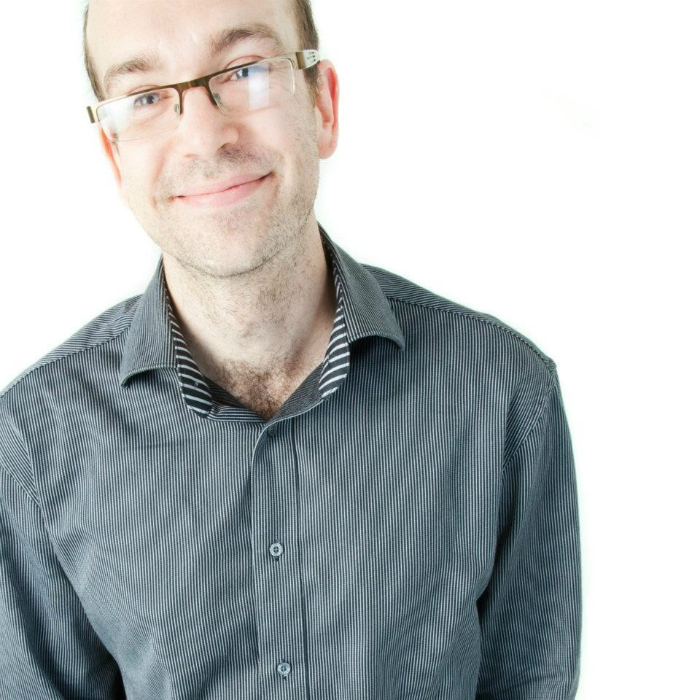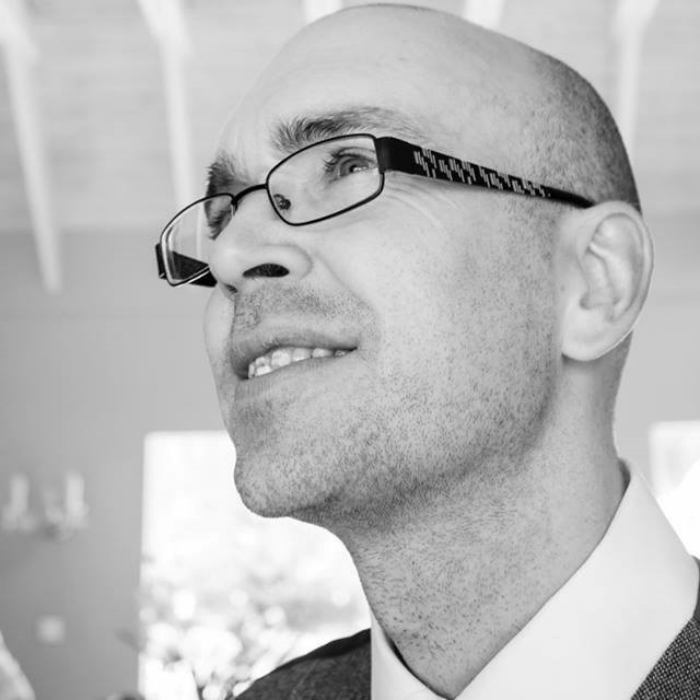James wanted to work in architecture as soon as he knew what the word meant.
“Mostly I blame Lego. I was an all-rounder at school and what I really loved was problem solving; investigating and exploring a new challenge and finding a satisfying solution. Architecture seemed a source of an endless variety of such challenges. I haven’t been disappointed in that regard. It also felt, and still feels, big; to be able to help make changes to the world around us on such a large scale – literally changing people’s surroundings.

I grew up in Leicester, which is a really diverse community. It was great to get an intuitive understanding of how multiculturalism can really enrich a place. For me, it鈥檚 not just a nice idea that people from very different backgrounds can live and work together, it鈥檚 a lived positive experience. It makes me proud of where I come from.
Moving to Newcastle as an undergraduate architecture student, I have a distinct memory of walking down Dean Street for the first time and seeing the High Level Bridge sailing overhead, lit up against the night sky. It was beautiful and dramatic, and it helped me form an immediate connection with the city. In Environmental Psychology we talk about Place Attachment as one aspect of how people interact with their surroundings, and I know that Newcastle has got under my skin in exactly this way.
I have a bit of a split personality in terms of my work role at GT3. As a technologist I love the feeling of getting a really well thought through set of information together. It takes a lot of teamwork to make sure we鈥檝e considered a package of work from every perspective - technical requirements like water-tightness and thermal performance, but also making sure the detailed design supports the architectural intent and language of the building. It鈥檚 a constant challenge to anticipate potential issues in advance; to make it as easy as possible for the people on site to hit the highest possible standard of build.
Then I can put on my Psychology hat and get involved in discussions on improving the way we do community engagement, making sure we understand the needs of building users, and how we can make schemes really positive places for people to be from a wellbeing point of view.
Helping to convert the old Beavan鈥檚 department store in Byker into social housing remains a career highlight. For funding reasons we needed to achieve Code for Sustainable Homes Level 3. Meeting this new-build standard on a refurb project was a huge technical challenge. It was great to help save a much-loved local landmark from continued decay. I was fortunate enough to participate in the end-of-defects inspection for the scheme after the building was in occupation, so I got to see the various ways the residents had made their flats into homes. It felt like we鈥檇 made a significant positive difference in people鈥檚 lives. Ultimately, it all comes down to people鈥檚 experience of the spaces you help create. That鈥檚 why I went off to study Psychology for a bit - if we want to get the most out of our built environment, we need a much better understanding of how people鈥檚 environment affects their wellbeing and behaviour, and that鈥檚 a Psychology question.
Since starting at GT3, I鈥檝e been working on Hornchurch Leisure Centre in east London, and The Sands Centre in Carlisle, both of which are going to be fantastic buildings at the centre of their communities for years to come. It鈥檚 really exciting work.

My favourite building is the Evelina Children鈥檚 Hospital in London, by Hopkins Architects. Reading about this scheme as an undergraduate student was an eye-opener - the way that good design was having such an impact not only on user experience, but also the ability of the building to support and enhance the activity that was happening inside it. Looking back, this very much planted the seeds of my interest in Environmental Psychology.
It鈥檚 really important that the people designing the built environment are as diverse as the people using it. If designers have a wide variety of backgrounds and personalities, we are much more likely to be aware of the full range of needs that people interacting with the spaces we design will have. When we understand how all kinds of people will want to interact with the places we make, we have a better chance of creating a built environment that鈥檚 better for everyone.
James Milne, GT3 Architects



